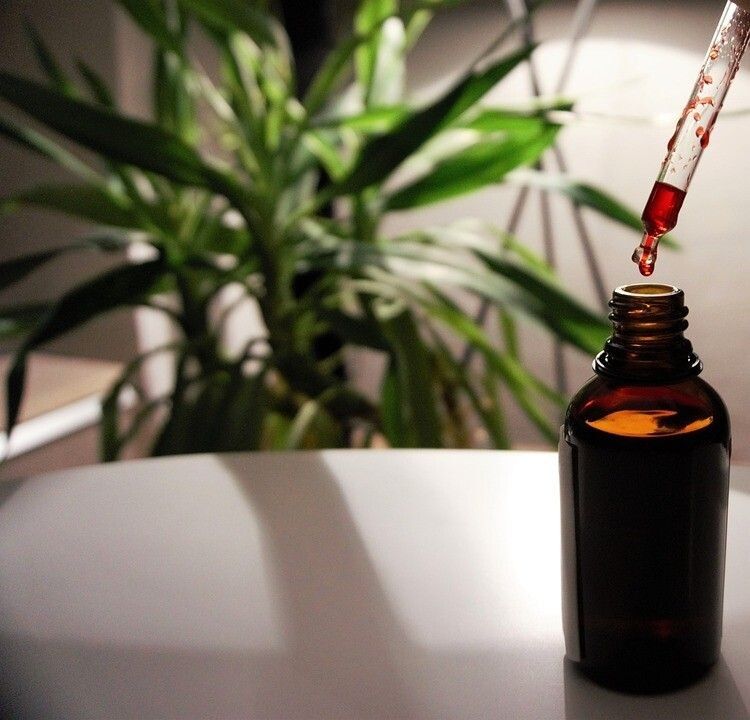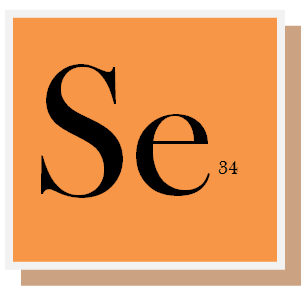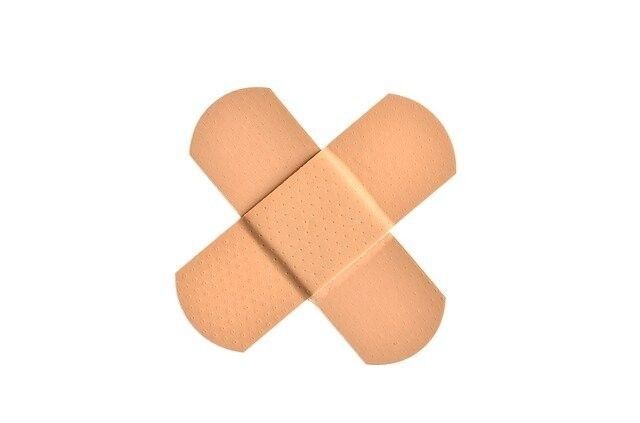Trace Element Supplementation For Calves
WE all know trace elements have an important role to play in calf growth and development but with a myriad of options for supplementation out there it can be difficult to figure out exactly what calves need.
Copper
Copper deficiency in calves can contribute to poor growth rates and scouring along with
a lightening of coat colour and occasionally neurological signs. More recently increased emphasis has been put on copper supplementation due to the potential links between copper deficiency and spontaneous humeral fractures seen in heifers. While research in this area is still ongoing and copper is not the whole story - it certainly highlights what an important element copper is in terms of bone growth and development.
While most pastures contain some copper, the demands of calf growth and then later during gestation - the demands of fetal growth, make some form of copper supplementation likely to be necessary for most youngstock.

Cobalt (B12)

Cobalt /Vitamin B12 deficiency has long been associated with ill-thrift, anaemia, poor growth and loss of appetite in lambs; however, rapidly growing calves are also at risk from cobalt deficiency.
While severe clinical deficiencies are uncommon due to decades of routine cobalt fertilizer supplementation, the demand from young rapidly growing stock may not be met when dietary availability is compromised.
In areas where pasture quality and quantity are limited, especially though the summer months, a vitamin B12 supplement should be routinely used.
Selenium
Selenium is required for the production of an enzyme that acts at a cellular level and is important for cell clean up and protection.
Thus selenium is important for very active cells such as muscle cells that consume large amounts of energy. Severe deficiency of selenium can lead to white muscle disease as these cells become damaged by free radicals not destroyed by the enzyme.
Lower levels of deficiency can compromise the immune system and thus reduce resistance to disease.
Unless top dressed with selenium fertilisers, many NZ pastures will be lacking in sufficient selenium. .

Iodine

Iodine deficiency is associated with feedstuffs high in goitrogens such as brassicas, soya and in linseed meals, beet pulp and sometimes in pastures.
The goitrogens reduce the utilisation of iodine in maintaining the function of the thyroid gland. The thyroid gland is important for producing hormones which control a wide range of functions throughout the body. Thus iodine deficient young stock may suffer from reduced weight gain and general ill thrift, scours, BRD and parasitism.
Supplementation Options
In Feed
For calves being given a supplementary feed there is usually an option to add some sort of mineral blend as with adult stock. Calves being fed PKE may receive adequate copper this way.
Pros: Usually reasonably cheap, daily delivery of minerals
Cons: Has to be properly mixed, if feed supplementation ceases so does mineral supplementation
In Water
If you have a dosatron then it is possible to add minerals through the water.
Pros: Easy and cheap
Cons: Calves are notorious for irregular and variable water consumption thus it is very hard to supplement them well using water alone
Injectable options
There are many injectable options on the market for selenium, B12 and copper.
Pros: Each calf gets the correct dose, fast, cheaper than boluses
Cons: Has to be repeated fairly frequently - most of the available options only given around 6-8 weeks supplementation at a time
Boluses
Both copper and trace element boluses are now available on the market
Pros: Safe and longterm supplementation of stock with controlled mineral release over a 6 month period
Cons: More expensive initially, takes time to administer, older stock require decent handling facilities in order to administer safely
Others
Other trace elements are sometimes mentioned such as Chromium & Manganese. It is only likely to be worth worrying about these if you have a known issue on your holding
Trace elements don't fix everything!
Finally it is important to note that calf growth rates will be affected by the first limiting factor. So if you are not feeding a diet with enough energy (ME), or enough fibre (NDF) or enough protein (MP) then these things are going to limit growth before we get down to the trace element stage.
